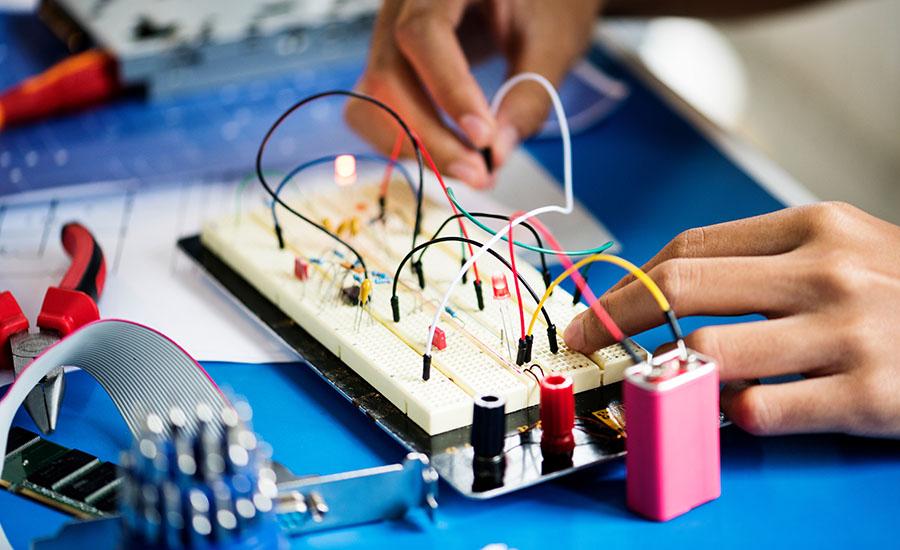
Deriving Rules for Circuits in Series
by Robert Woodruff
This engaging lesson is designed for students to derive the rules for circuits in series by experimenting with different variables in simple circuits in series using the PhET DC Electricity simulation lab.
Lesson Plan Link/URL
https://docs.google.com/presentation/d/1BUSSDWdvS0gFLVZkxPXYwoA_T6U_esf0/edit?u…Subject Area
Science Physical Science P4: Energy Transfer Engineering S4: Apply Science to Engineering Mathematics Measurement and Data (MD)
Featured
Off
Related Content

Grades:
11th Grade, 12th Grade
How do light rays reflect and refract? Does light travel at different speeds in different mediums? This lesson reviews how light waves can be reflected and refracted, and how light waves can change

Grades:
6th Grade
Does light have energy? In this lesson, students will engage in a practical experiment to witness how light can induce changes such as heating, altering colors, and setting objects in motion. As

Grades:
6th Grade
In this lesson, students are challenged to design and test a windsock that can tell the direction and relative speed of the wind.